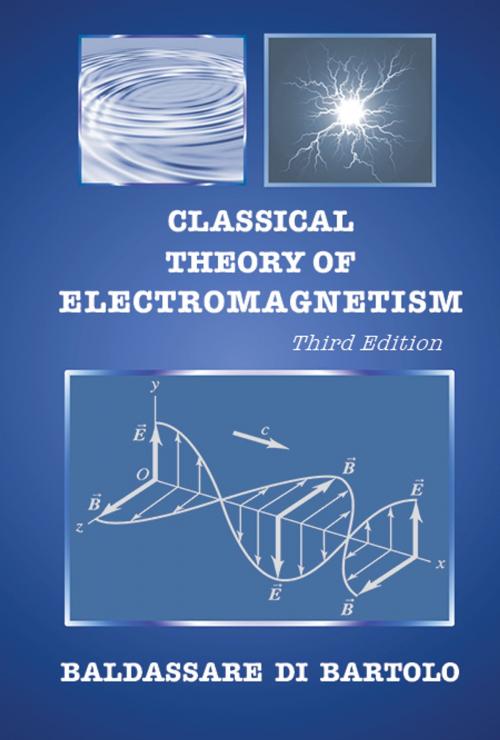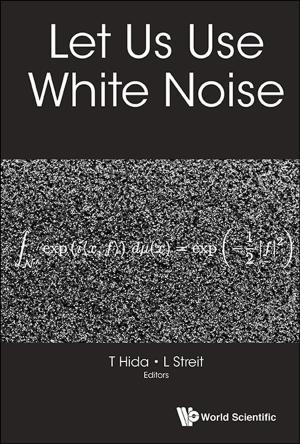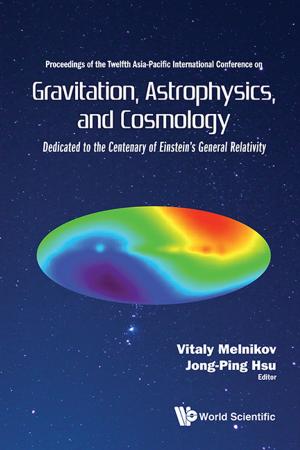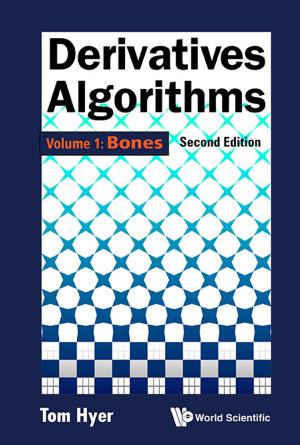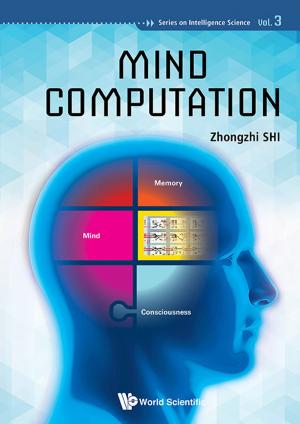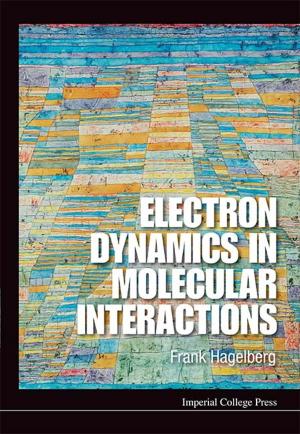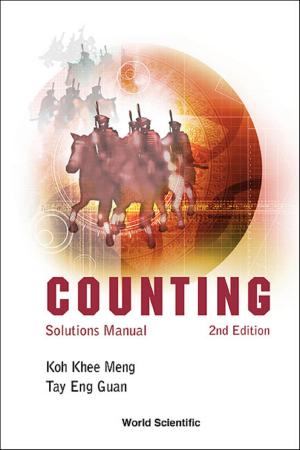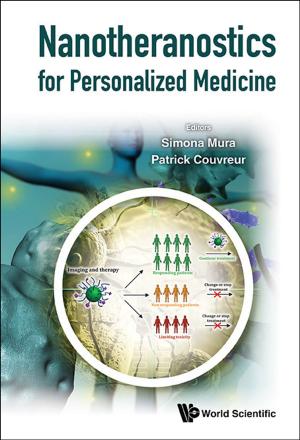Classical Theory of Electromagnetism
Nonfiction, Science & Nature, Science, Physics, Electromagnetism, General Physics| Author: | Baldassare Di Bartolo | ISBN: | 9789813228214 |
| Publisher: | World Scientific Publishing Company | Publication: | June 13, 2018 |
| Imprint: | WSPC | Language: | English |
| Author: | Baldassare Di Bartolo |
| ISBN: | 9789813228214 |
| Publisher: | World Scientific Publishing Company |
| Publication: | June 13, 2018 |
| Imprint: | WSPC |
| Language: | English |
The topics treated in this book are essentially those that a graduate student of physics or electrical engineering should be familiar with in classical electromagnetism. Each topic is analyzed in detail, and each new concept is explained with examples.
The text is self-contained and oriented toward the student. It is concise and yet very detailed in mathematical calculations; the equations are explicitly derived, which is of great help to students and allows them to concentrate more on the physics concepts, rather than spending too much time on mathematical derivations. The introduction of the theory of special relativity is always a challenge in teaching electromagnetism, and this topic is considered with particular care. A large number of exercises are included.
Contents:
- Mathematical Introduction
- Charges and Electrostatics
- Stationary Currents and Magnetostatics
- Induction and Quasi-Stationary Phenomena
- General Discussion of Maxwell Equations
- Theory of Relativity I
- Theory of Relativity II
- Radiation from a Moving Point Charge
- Radiation Damping and Electromagnetic Mass
- Radiation from Periodic Charge and Current Distributions
- Lagrangian and Hamiltonian Formulations of Electrodynamics
- Electromagnetic Properties of Matter
Readership: Advanced undergraduates and first year graduate students in physics.
Key Features:
- The mathematical derivations are provided in detail
- It is very comprehensive
The topics treated in this book are essentially those that a graduate student of physics or electrical engineering should be familiar with in classical electromagnetism. Each topic is analyzed in detail, and each new concept is explained with examples.
The text is self-contained and oriented toward the student. It is concise and yet very detailed in mathematical calculations; the equations are explicitly derived, which is of great help to students and allows them to concentrate more on the physics concepts, rather than spending too much time on mathematical derivations. The introduction of the theory of special relativity is always a challenge in teaching electromagnetism, and this topic is considered with particular care. A large number of exercises are included.
Contents:
- Mathematical Introduction
- Charges and Electrostatics
- Stationary Currents and Magnetostatics
- Induction and Quasi-Stationary Phenomena
- General Discussion of Maxwell Equations
- Theory of Relativity I
- Theory of Relativity II
- Radiation from a Moving Point Charge
- Radiation Damping and Electromagnetic Mass
- Radiation from Periodic Charge and Current Distributions
- Lagrangian and Hamiltonian Formulations of Electrodynamics
- Electromagnetic Properties of Matter
Readership: Advanced undergraduates and first year graduate students in physics.
Key Features:
- The mathematical derivations are provided in detail
- It is very comprehensive
